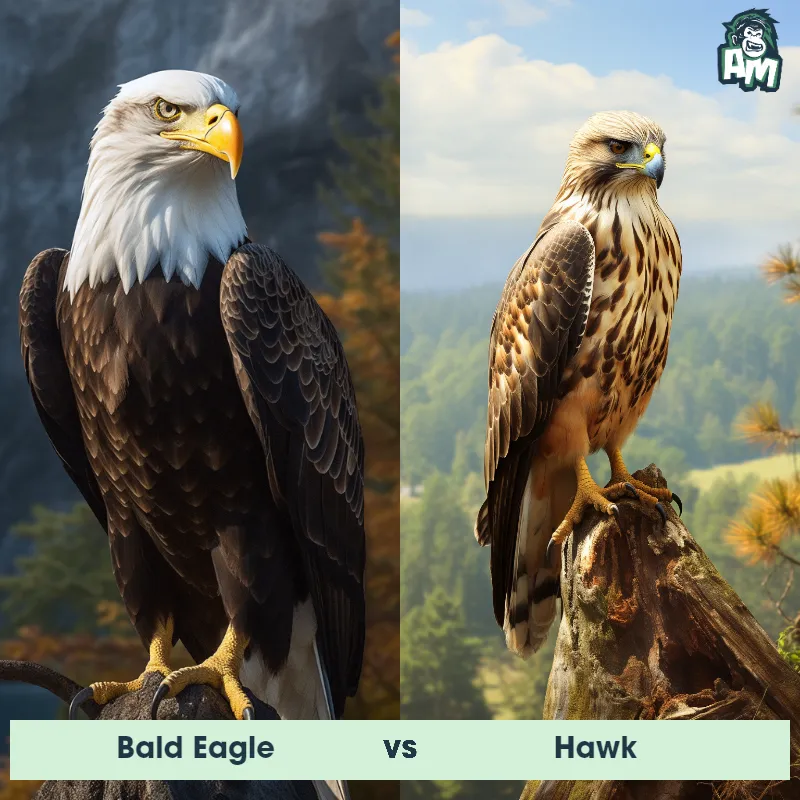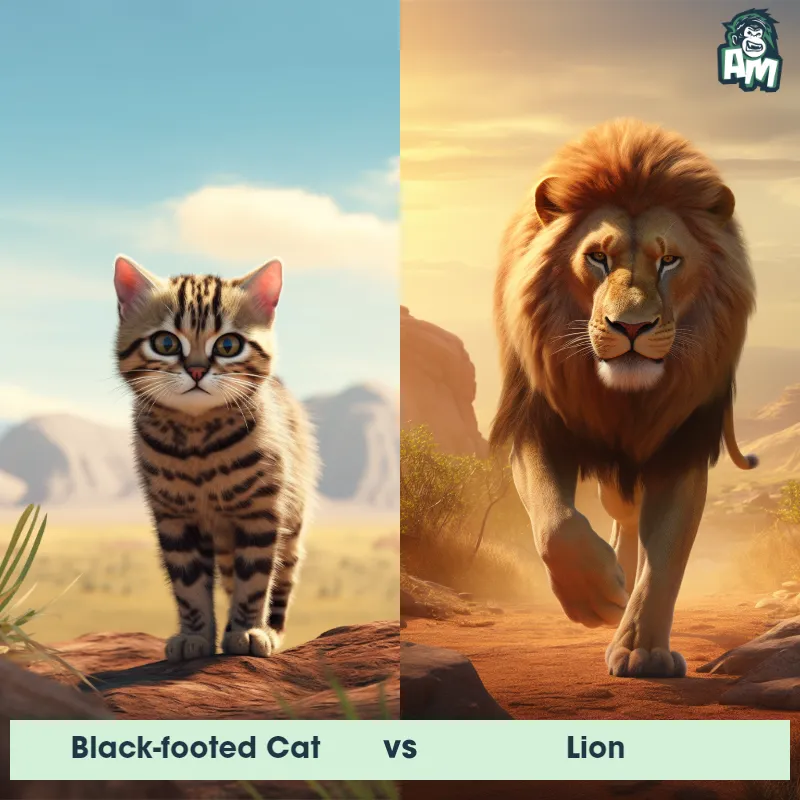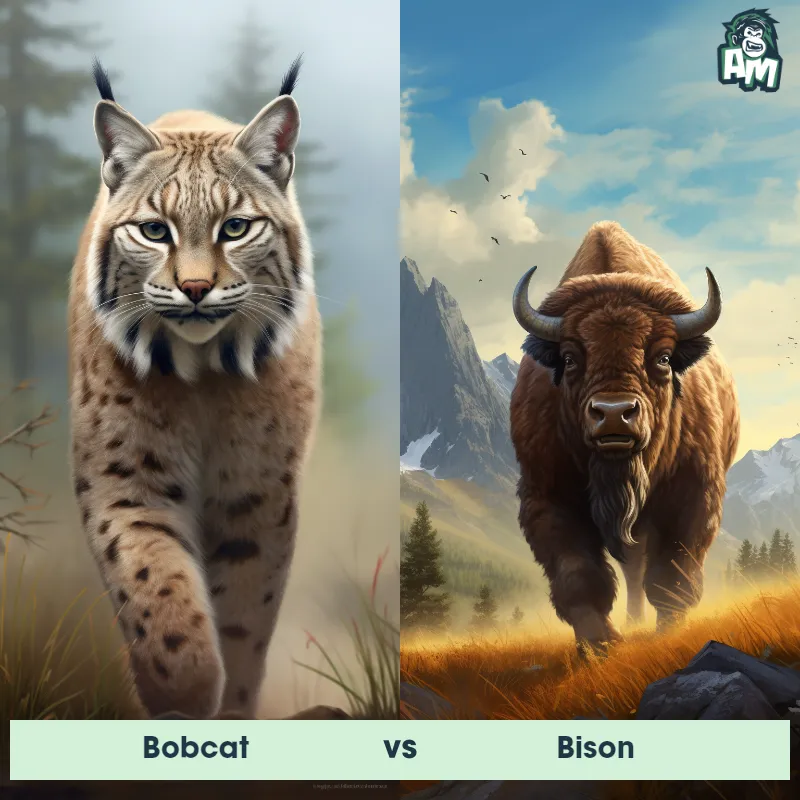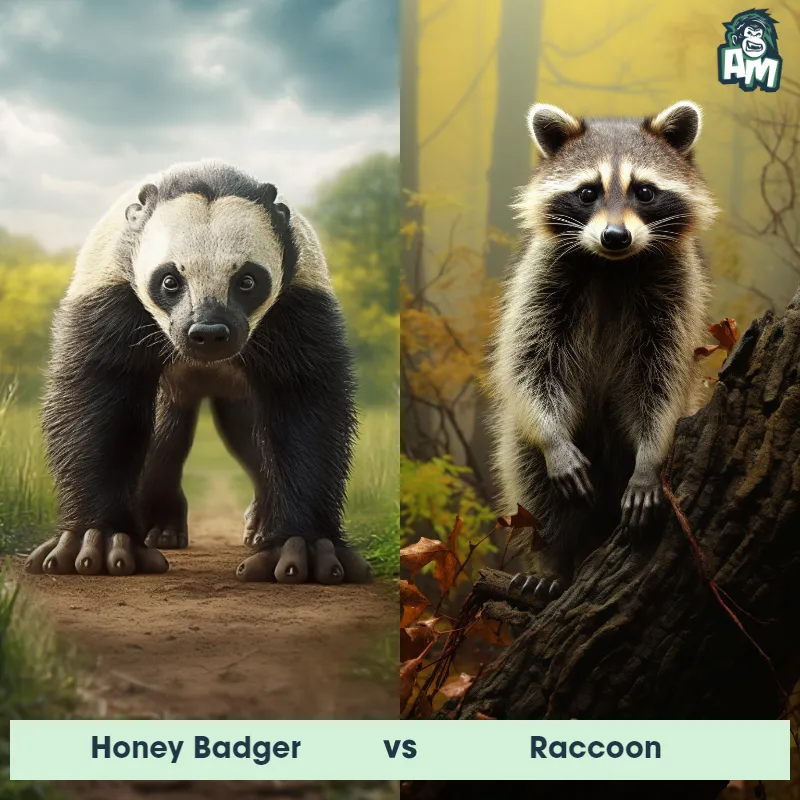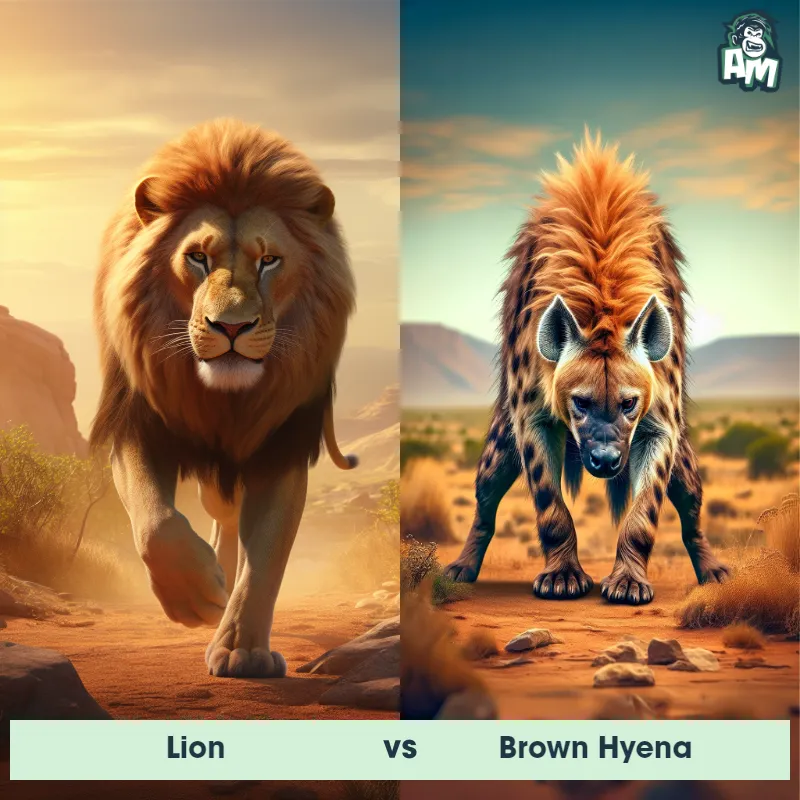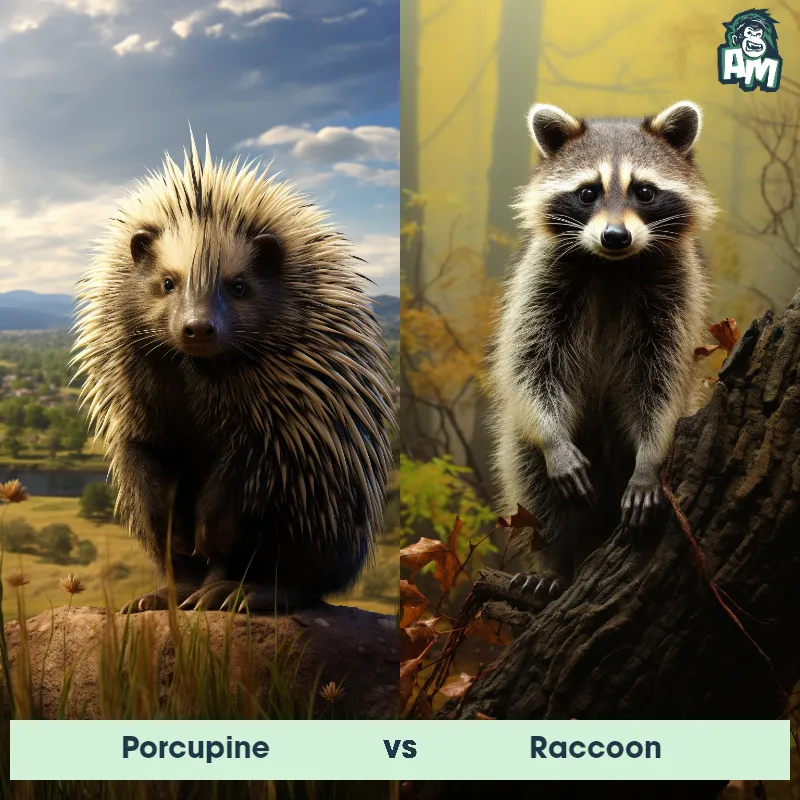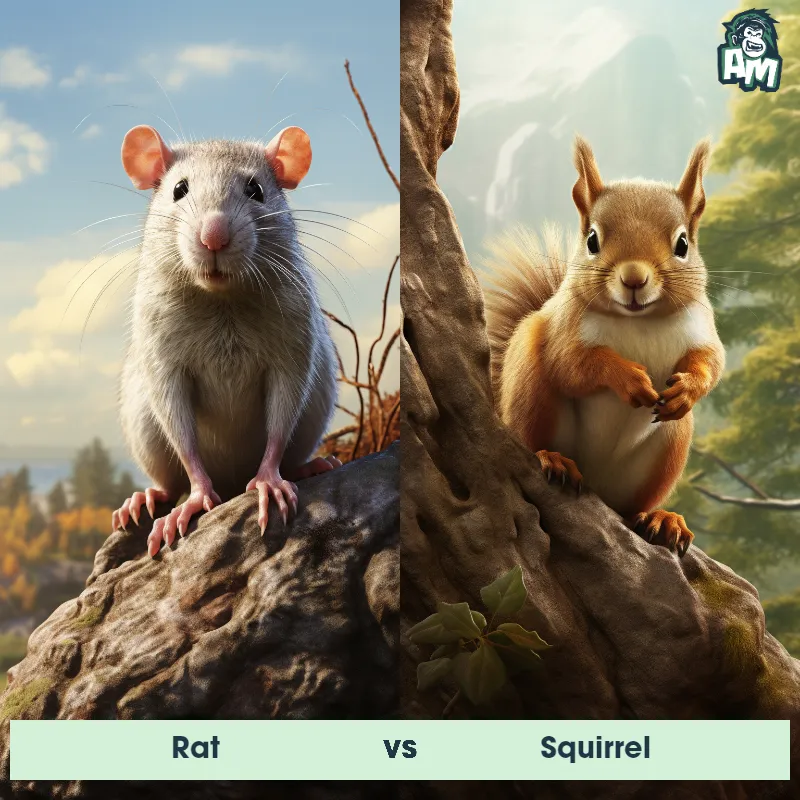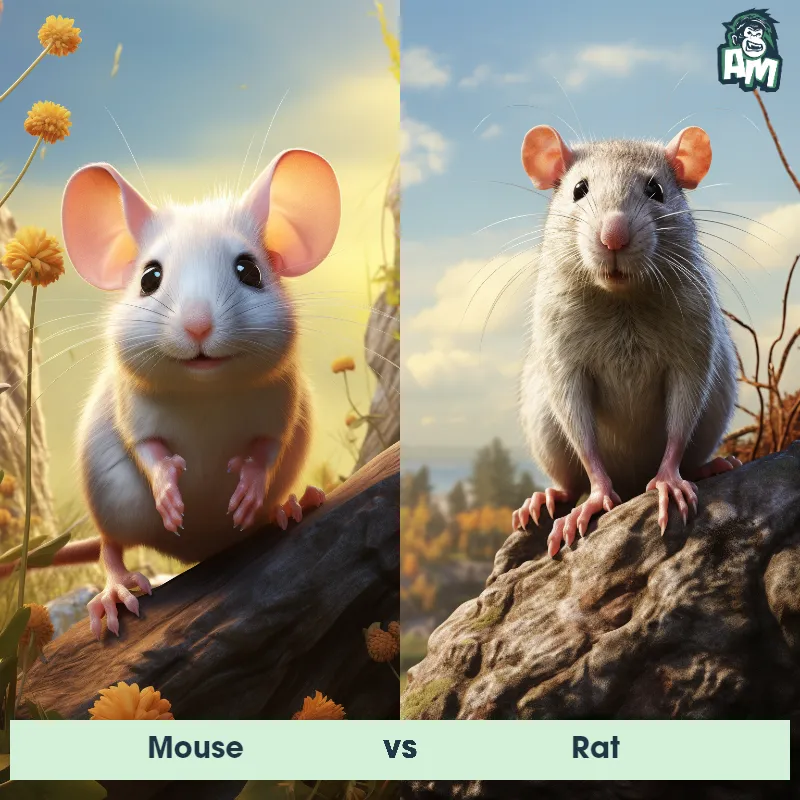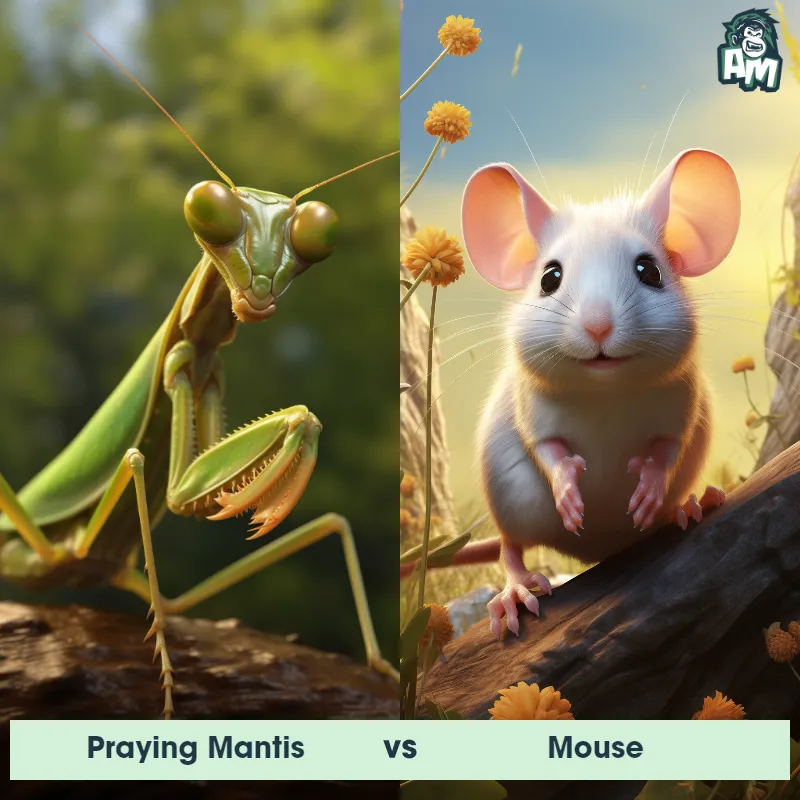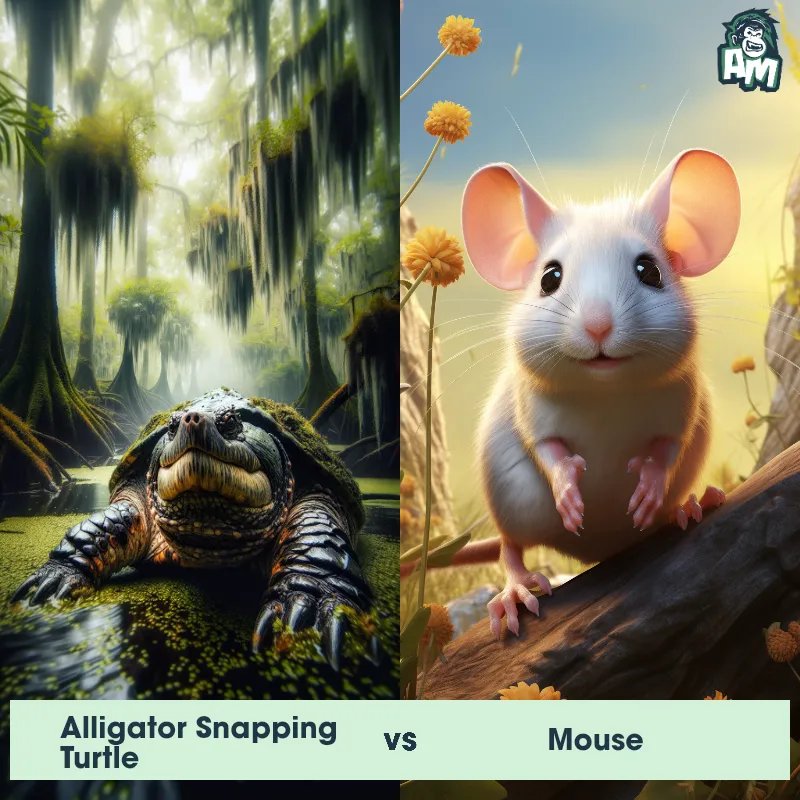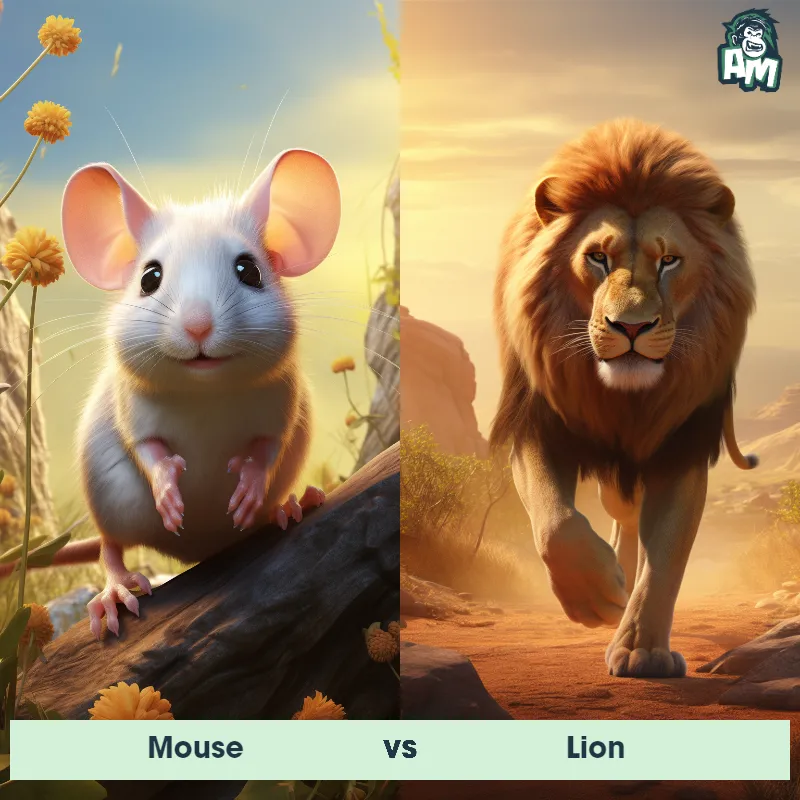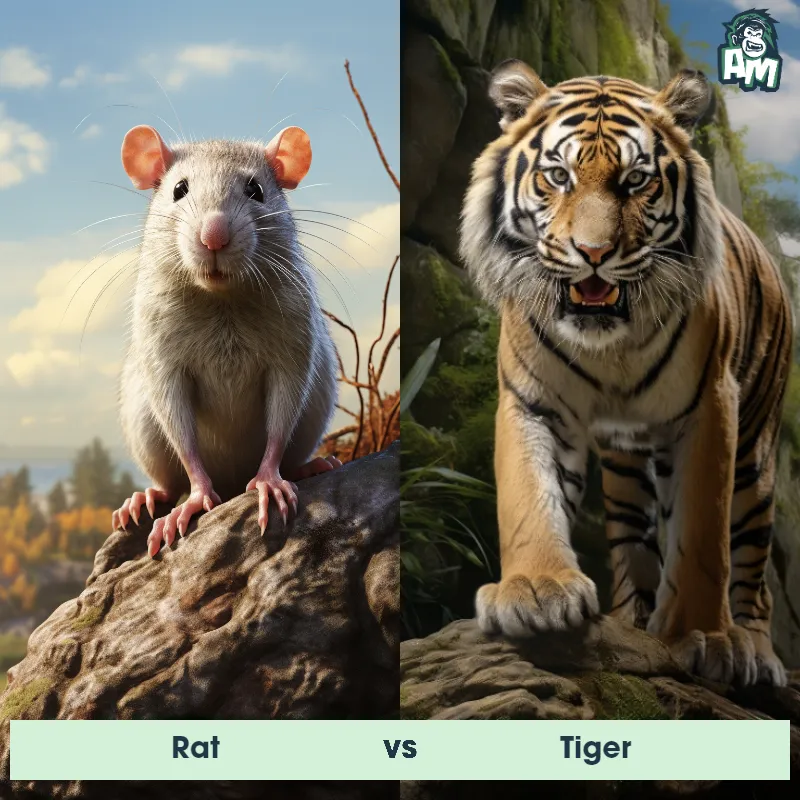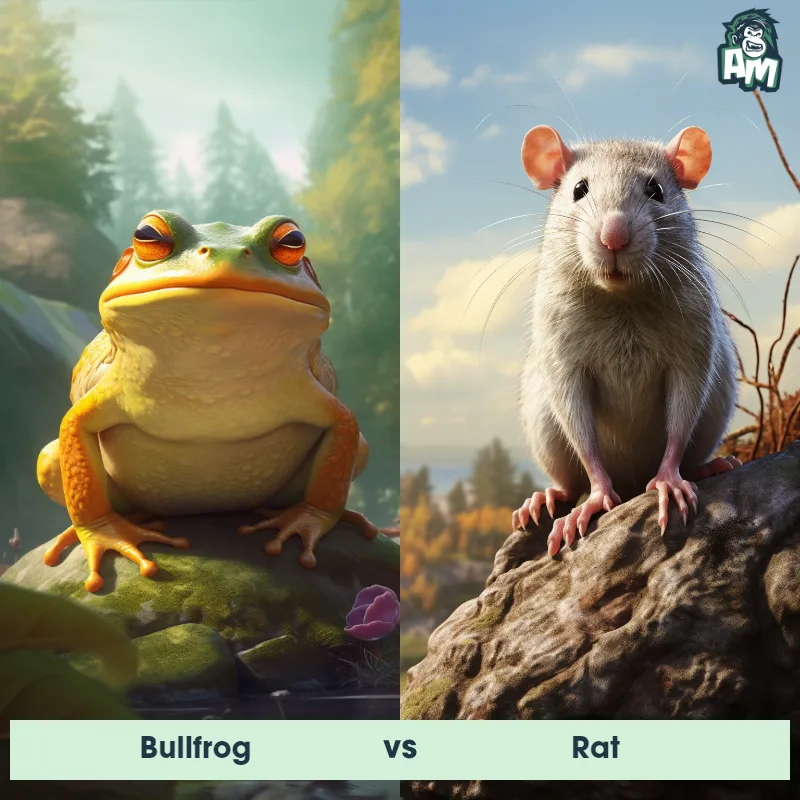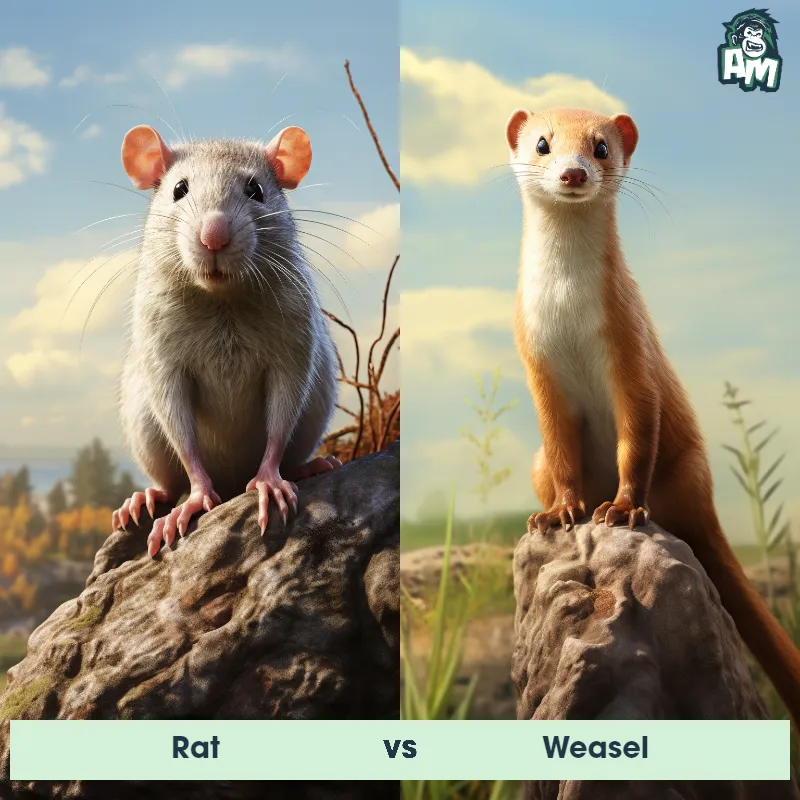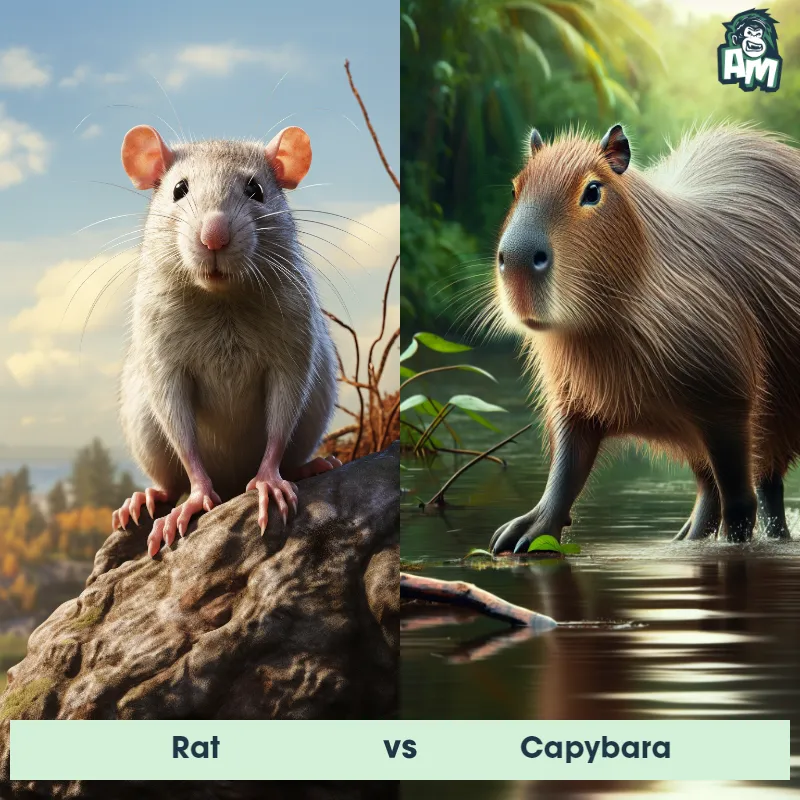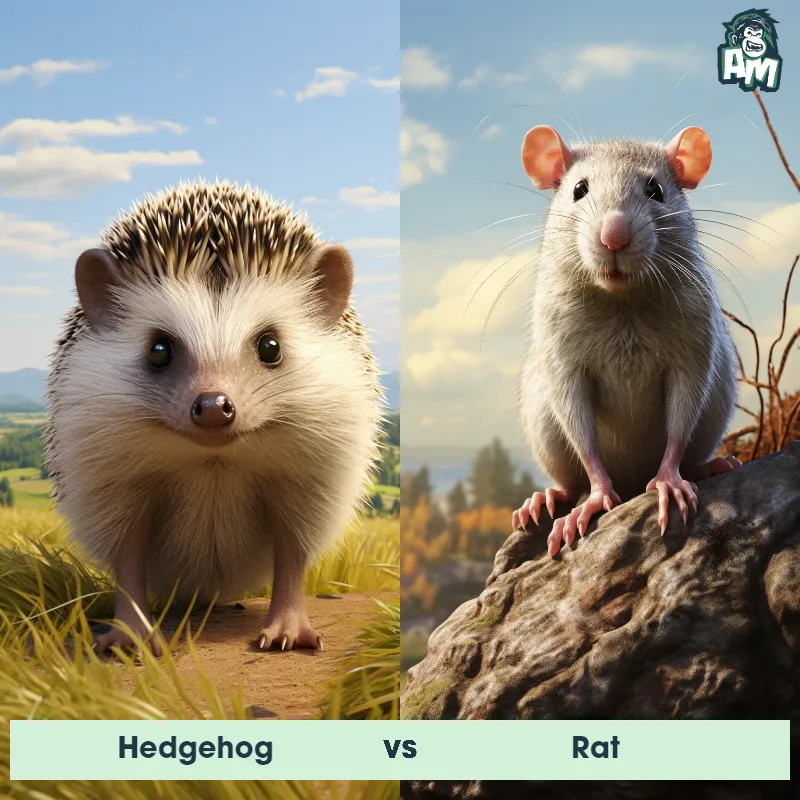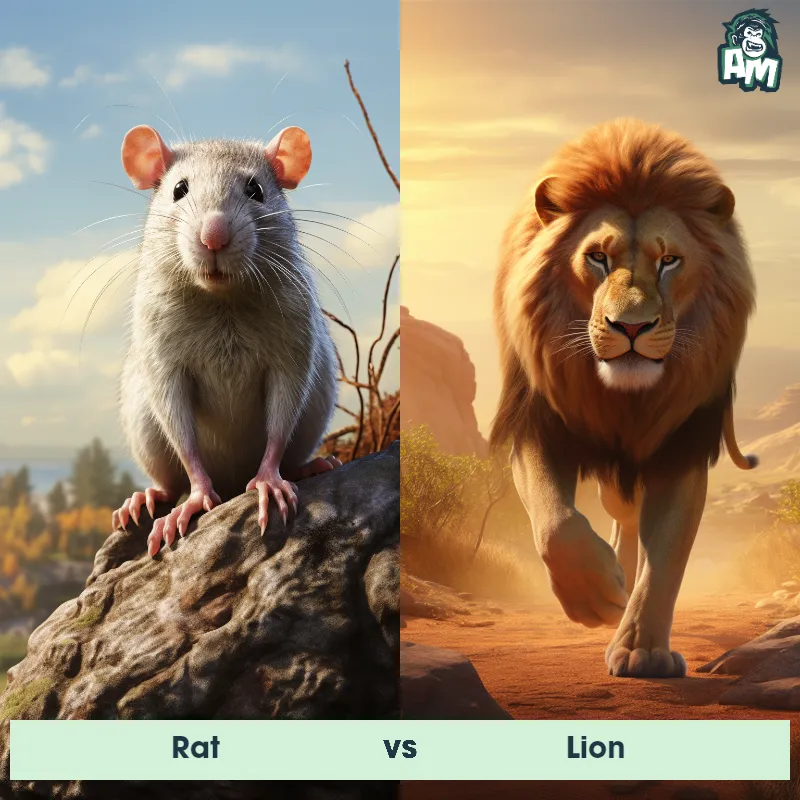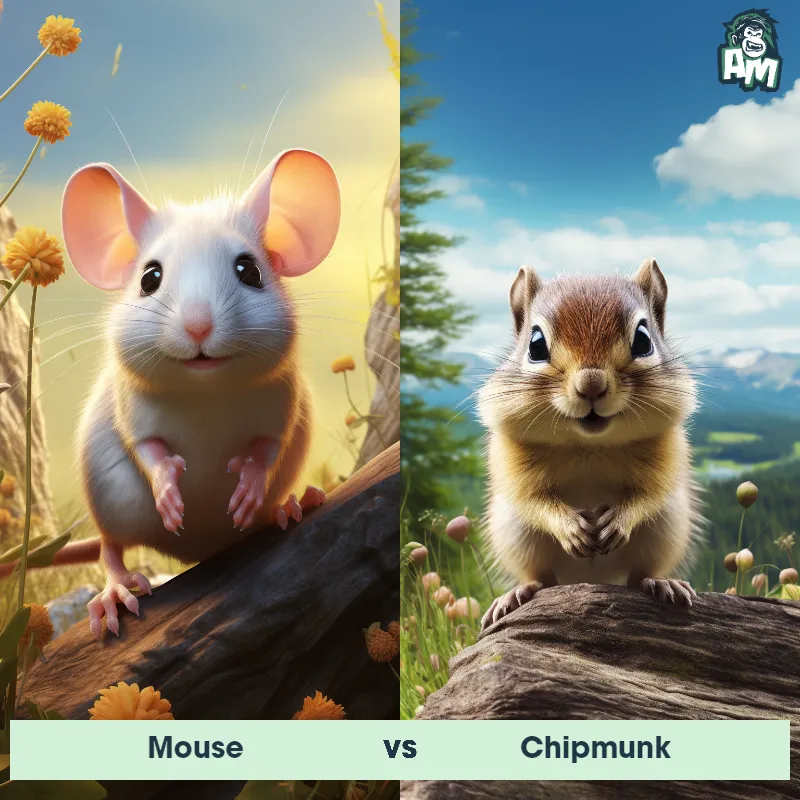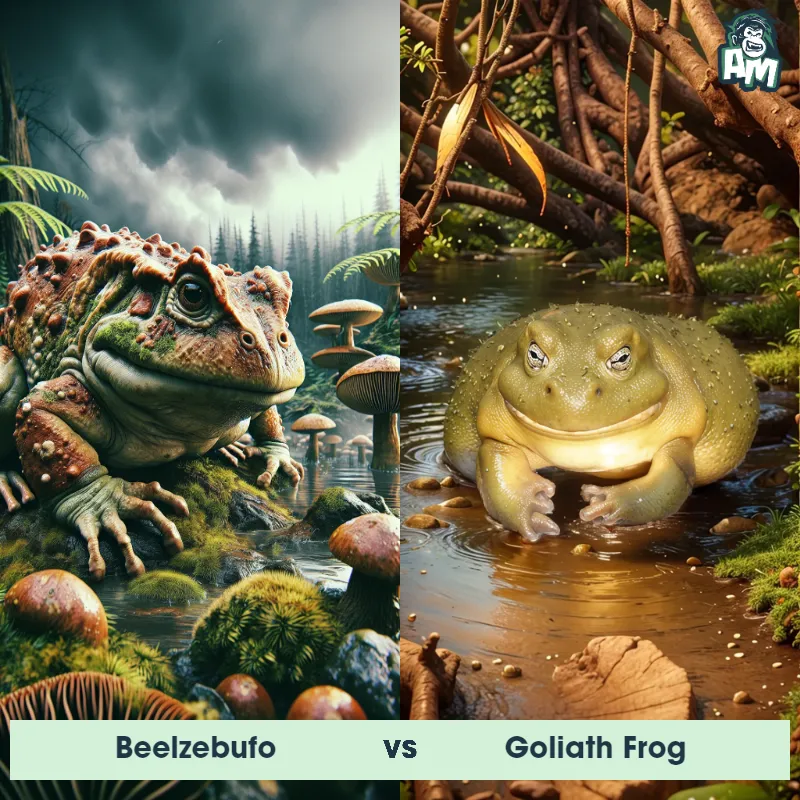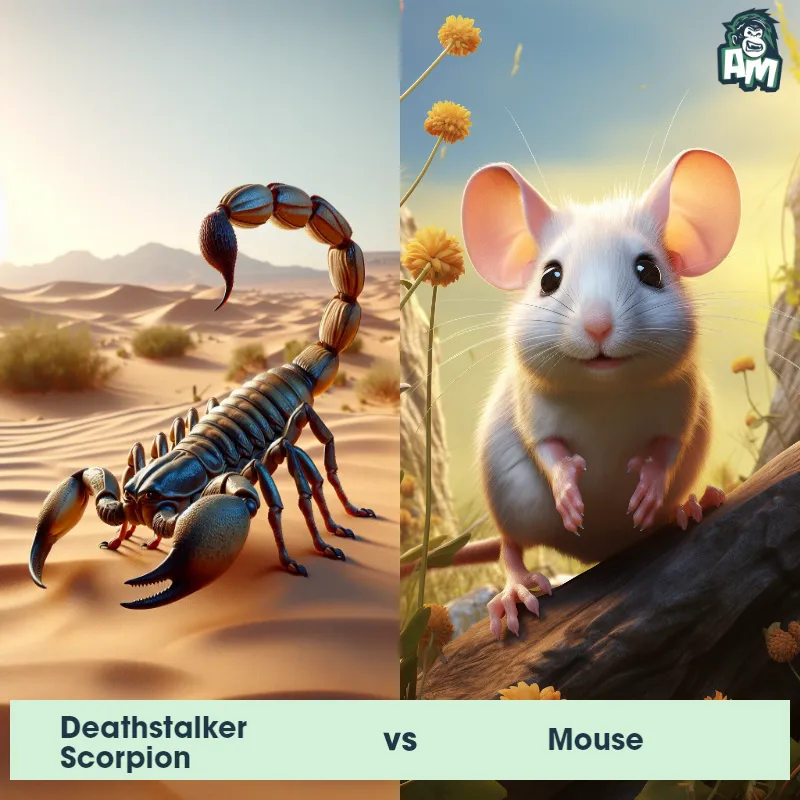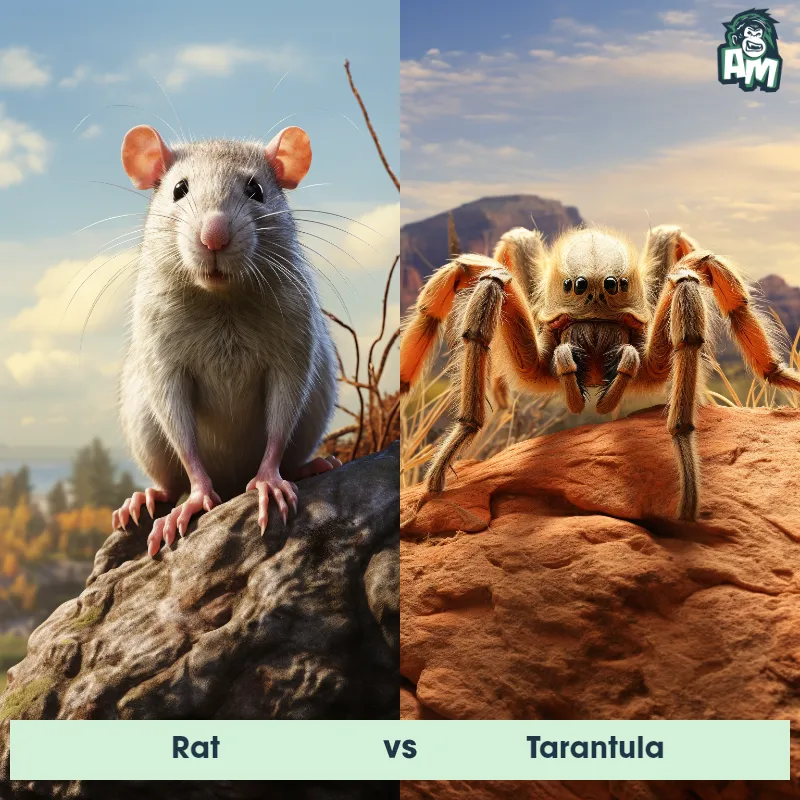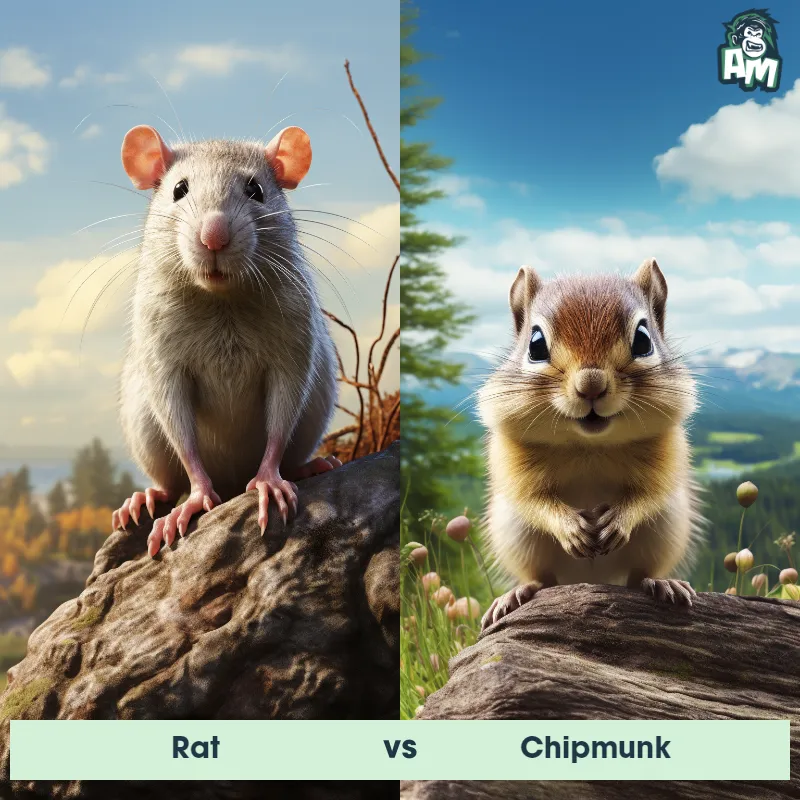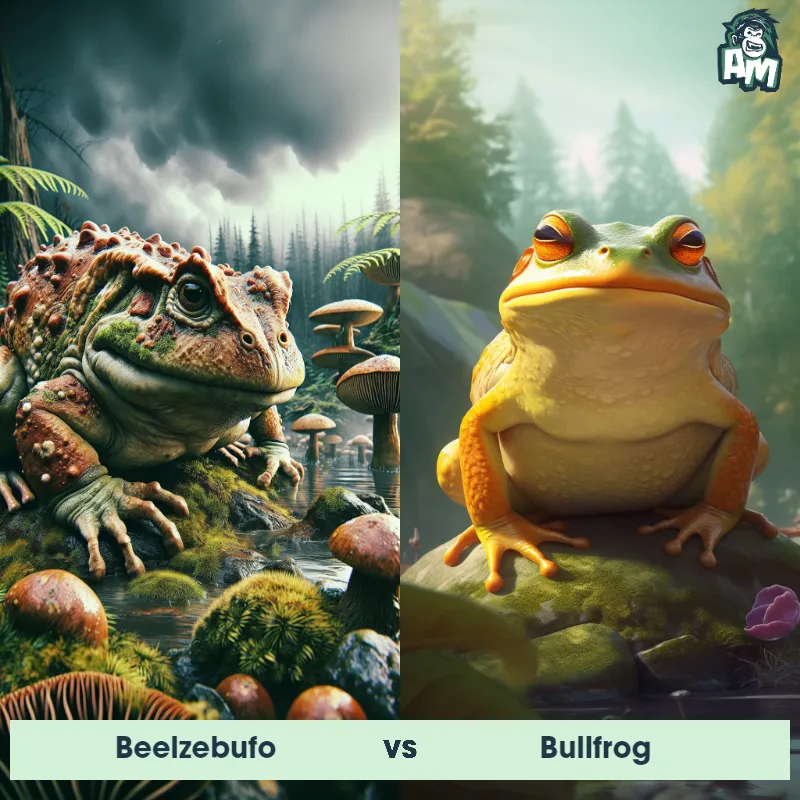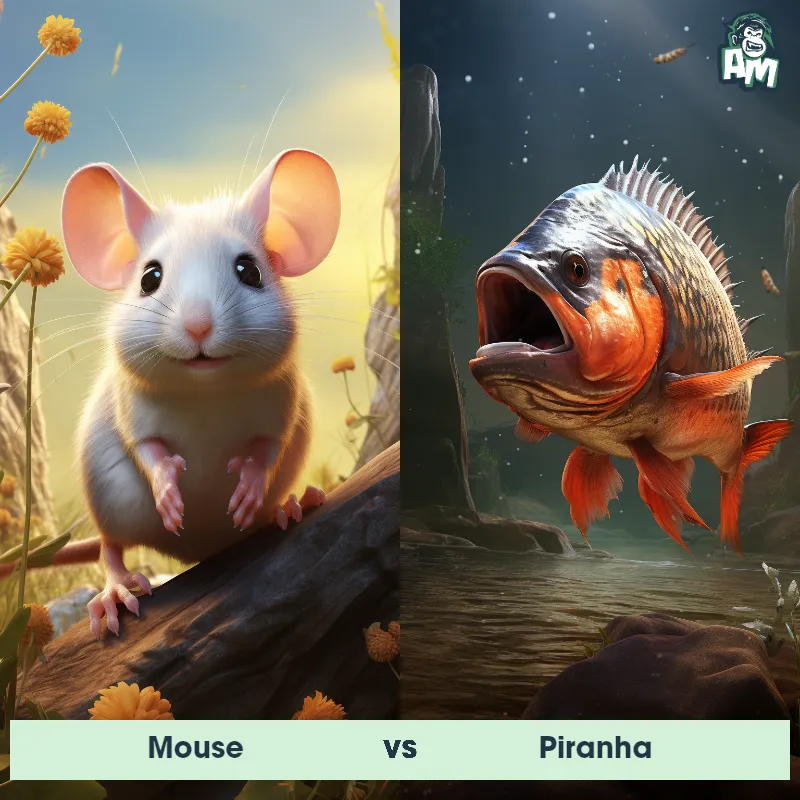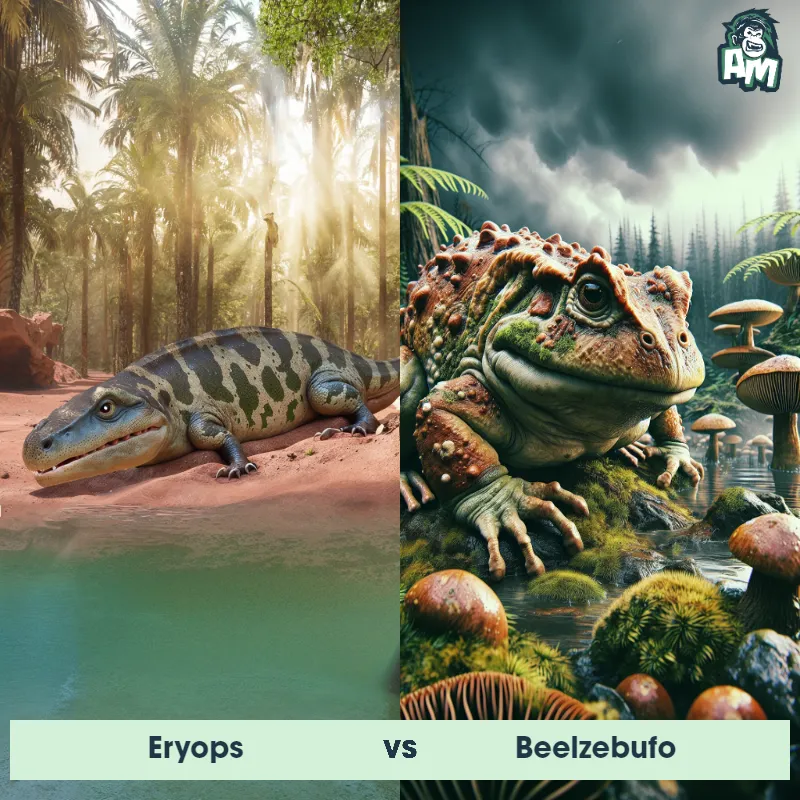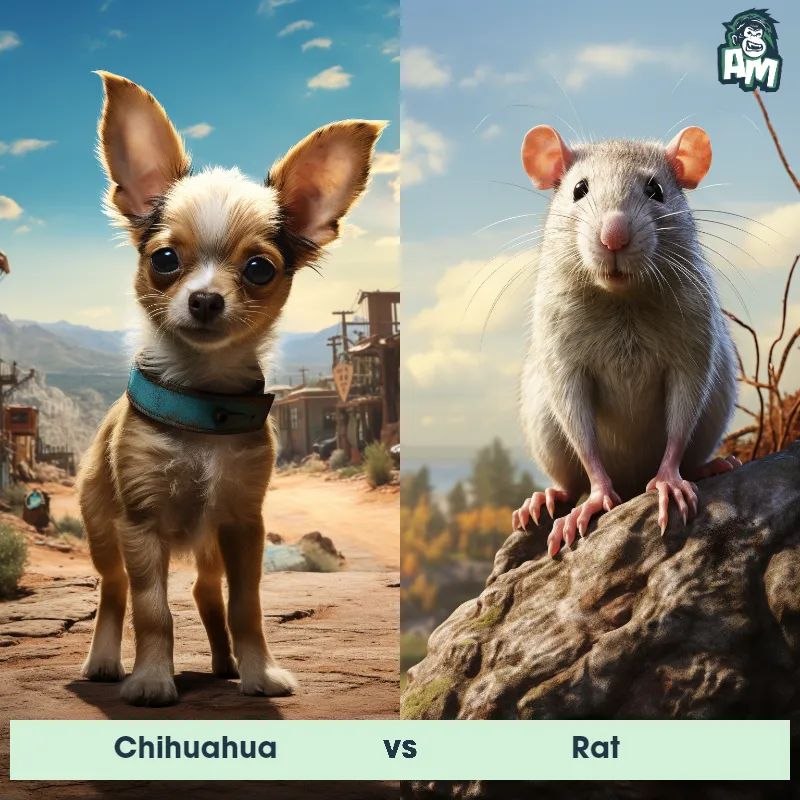Pacman Frog vs RatSee Who Wins

Welcome to the fierce matchup between the Pacman Frog and the Rat. These two opponents are ready to battle it out in the arena today. Let's see who will come out on top in this intense fight.
Contender 1: Pacman Frog
The Pacman Frog, also known as the South American Horned Frog, is a species of frog native to South America. They are known for their large, round bodies and massive mouths, which they use to swallow prey whole. They come in various colors, including green, brown, and albino, and have distinct patterns and markings on their bodies. These frogs are relatively low-maintenance pets, as they are mostly sedentary and prefer to bury themselves in substrate.
Fun Fact: Pacman Frogs have a unique hunting strategy where they wait patiently for prey to come within reach, then snap their jaws shut quickly to catch their meal.
Contender 2: Rat
The Rat is a medium-sized, long-tailed rodent, renowned for its adaptability to various environments. Common species include the larger brown rat (also known as the Norway rat) and the smaller black rat. Rats typically range from 9 to 11 inches in body length, with a tail length that's about the same. They have robust bodies, pointed snouts, and small, hairless ears. Rats are omnivores, with a diet that can include grains, fruits, vegetables, meat, and eggs, and they have a strong instinct to gnaw, which keeps their constantly growing teeth in check.
Fun Fact: Rats have excellent memories, and once they learn a navigational route, they won't forget it.
Matchup Stats
| Pacman Frog | Rat | |
|---|---|---|
| Size | Up to 4 inches (10 cm) | 9 to 11 inches (22.86 to 27.94 cm) |
| Weight | Up to 2 pounds (900 grams) | 0.77 to 1.1 lbs (350 to 500 grams) |
| Speed | 1-2 mph (1.6-3.2 km/h) | 7mph (11km/h) |
| Key Strength | Bite force | Strong instinct to gnaw |
| Biggest Weakness | Slow movement | Small size and lack of defensive mechanisms |
Current Votes
Pacman Frog vs Rat
See Who Wins
View More Matches
Looking For More?
Similar Matches
Scientific Stats
| Pacman Frog | Rat | |
|---|---|---|
| Scientific Name | Ceratophrys cranwelli | Rattus |
| Family | Ceratophryidae | Muridae |
| Habitat | Moist tropical forests, grasslands | Various environments, including urban areas, forests, and fields |
| Geography | South America | Worldwide, except for Arctic and Antarctic regions |
| Diet | Insects, small rodents, other frogs | Omnivorous (grains, fruits, vegetables, meat, eggs) |
| Lifespan | 5 years - 10 years | 1 year - 4 years |
Key Differences between Pacman Frog and Rat
- Size: Pacman frogs are significantly larger than rats, with adult Pacman frogs typically reaching sizes of 4-7 inches in length, while rats typically range from 6-10 inches in length.
- Habitat: Pacman frogs are primarily land-dwelling amphibians that require a damp substrate to keep their skin moist, while rats are mammals that are adept at climbing, burrowing, and swimming in a variety of habitats.
- Skin Texture: Pacman frogs have rugged, bumpy skin that resembles the texture of a toad, while rats have smooth fur covering their bodies.
- Eyes: Pacman frogs have large, bulging eyes on the sides of their heads, giving them a wide field of vision, while rats have smaller, more forward-facing eyes.
- Color: Pacman frogs are known for their vibrant and eye-catching colors, which can range from bright greens, reds, oranges, and yellows, while rats typically have more muted colors such as grey, brown, or black.
- Limbs: Pacman frogs have short, stubby limbs that are not well suited for jumping or climbing, while rats have longer, more agile limbs that allow them to climb and navigate their environment more easily.





